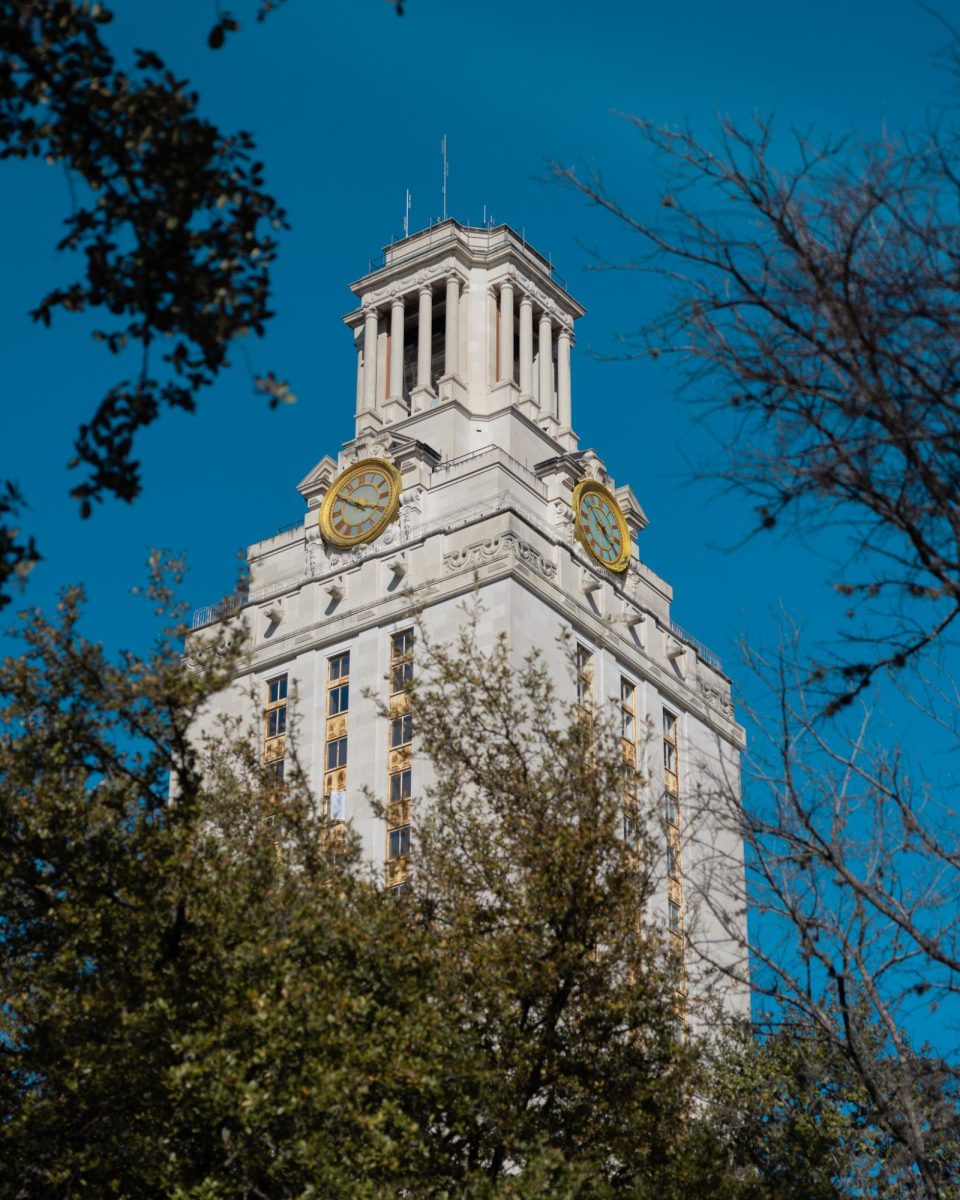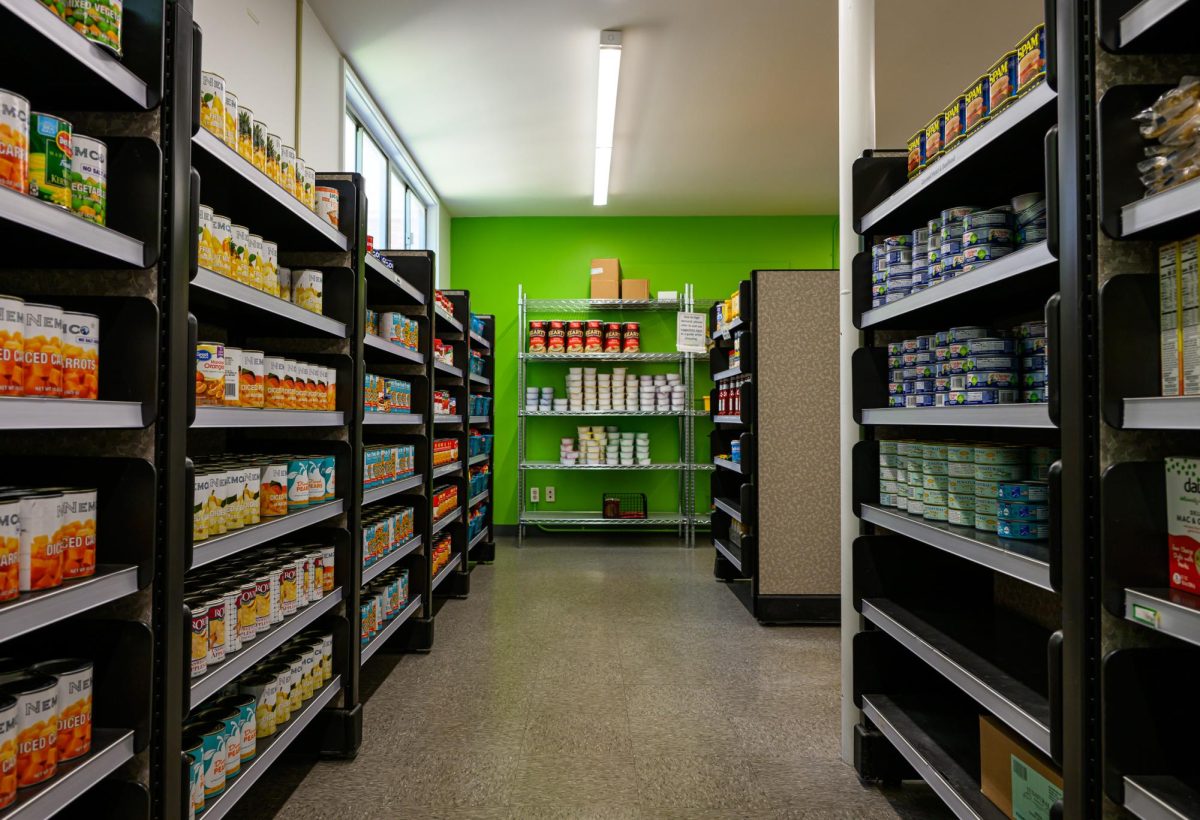The city may have to resort to water conservation measures intended for catastrophes if Central Texas’ drought continues, but UT will still be responsible for managing its own water usage.
City Council announced at a special work session Tuesday morning that the city is considering the possibility of stage three water restrictions beginning this spring if the drought continues to get worse, said Jason Hill, spokesman for Austin Water.
“We want to meet basically the demands of what an extreme and extended drought would call for,” Hill said. “In the books [stage three restrictions were] set up for some sort of catastrophic thing with the water supply, so we have to look at how it can be customized to protect and maintain our water supply during the slow process of this drought.”
UT doesn’t have to follow city water restrictions, Hill said.
He said under stage three restrictions, no one in the city is allowed to water lawns or other landscaping. The city of Austin went into stage two water restrictions on Sep. 6 after water levels of Lake Buchanan and Lake Travis fell below the 900,000-acre mark, he said.
“I’m not a meteorologist, but we’re still in a drought,” he said. “We haven’t had any significant improvement.”
The University purchases between 7 and 8 million gallons of water each year from the city and is one of the top ten water consumers in Austin, said Leonard Friesenhahn, associate director for mechanical distribution for UT’s Utilities & Energy Management division. The University takes domestic water and drinking water from the city and returns wastewater back to them, he said.
The most recent data on UT’s total water usage is from the 2009-10 school year, when the University used about 512.7 million gallons, said Laurie Lentz, spokeswoman for UT’s facility services.
According to facility services numbers, Central Texas last experienced a major drought during the 2006-07 school year, when water usage dropped to 427,502 gallons. Turning off the fountains saves an estimated 300,000 gallons per month, updating automatic campus irrigation systems saves an estimated 49 million gallons per year and the 2008 renovations to campus plumbing are saving an estimated 16 million gallons per year, she said.
The University is making efforts to conserve water by watering campus landscape zones only one day a week, turning off the Littlefield and LBJ fountains and installing xeriscapes, which consist of more drought resistant plants than the University’s traditional landscapes, Lentz said.
“We don’t have to abide by the city of Austin ordinances, but we typically do try to support them,” she said.
The exception to these water cutbacks is the University’s 4,500 trees, which are worth $25 million and remain under constant drip irrigation, Lentz said.
“We’re trying to use water only where water is needed,” Lentz said. “Not watering the sidewalks, things like that.”

















